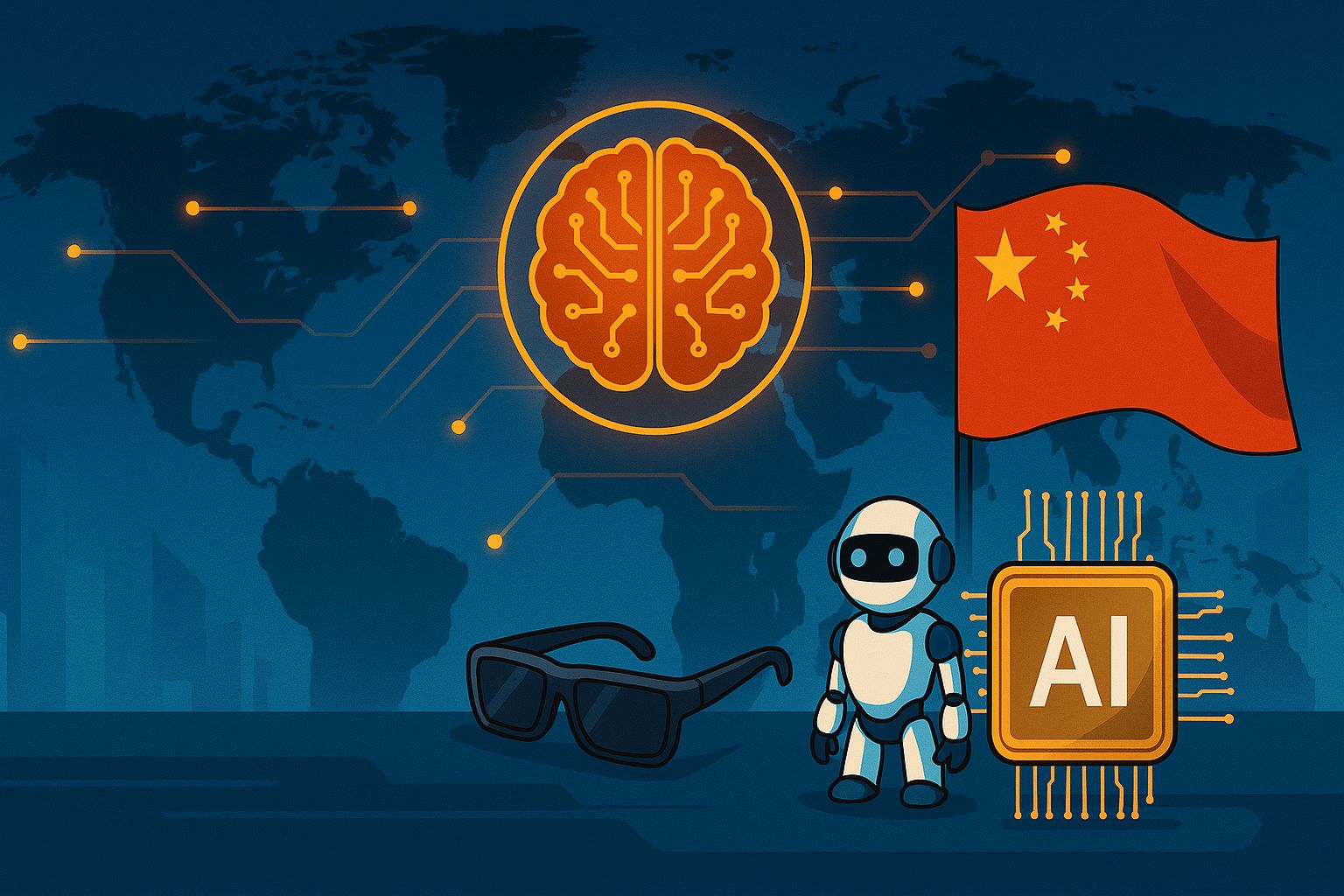
World Artificial Intelligence Conference in Shanghai Showcases Chinese Prowess
Just days after Premier Li Qiang unveiled China’s “AI Plus” strategy to integrate AI across traditional industries, the country announced two new AI alliances and released a global governance plan. These moves were part of the World Artificial Intelligence Conference in Shanghai.
Two Industry Alliances Signal Tech Independence Push
The first alliance, called the Model-Chip Ecosystem Innovation Alliance, connects Chinese LLM developers with chipmakers like Huawei, Biren, Moore Threads, and Enflame. The goal is to build a complete AI tech chain, from semiconductors to infrastructure, amid continued U.S. export restrictions.
The second, formed by the Shanghai General Chamber of Commerce, focuses on integrating AI with sectors like manufacturing and services. Members include SenseTime, MiniMax, StepFun, and chipmakers Metax and Iluvatar CoreX.
Huawei Takes Aim at Nvidia with New AI System
Huawei revealed its latest computing system, CloudMatrix 384, built using 384 of its 910C chips. According to SemiAnalysis, the system performs better than Nvidia’s GB200 NVL72 in several areas, thanks to system-level design that overcomes chip-level limitations.
Other Chinese firms also showcased clustering-based AI systems. Metax, for example, introduced a supernode using 128 liquid-cooled C550 chips for high-density AI computing.
AI Consumer Products Also in Spotlight
Alibaba introduced its Quark AI Glasses, powered by its Qwen model and set to launch in China by late 2025. These glasses will offer voice-controlled QR scanning and navigation using the company’s map service and Alipay integration.
Tencent unveiled Hunyuan3D World Model 1.0, an open-source tool that generates interactive 3D environments from text or image prompts.
Baidu showcased next-generation “digital human” tech. It can replicate a person’s voice, tone, and gestures using just 10 minutes of footage—designed for use in livestreaming and virtual hosting.
China Calls for Global AI Governance Framework
Alongside domestic initiatives, China also released a 13-point Global Action Plan for AI Governance. The plan was presented during the Shanghai conference to promote international collaboration on AI safety, fairness, and accessibility.
The action plan frames AI as a global public good and urges countries to build interoperable infrastructure, promote open-source ecosystems, and support developing nations — especially in the Global South.
It also highlights goals such as:
- Supporting green AI with low-power chips and efficient algorithms
- Promoting data privacy, bias reduction, and diversity in datasets
- Creating a global AI risk governance system
- Encouraging the public sector to lead AI adoption responsibly
China also called for the creation of a UN-led global AI science panel and an international dialogue mechanism, in line with the UN’s Global Digital Compact.
Race for AI Leadership Intensifies
Since 2022, U.S. export controls have limited China’s access to advanced chips. Although Nvidia recently resumed shipments of its less powerful H20 chip to China, firms like Huawei are accelerating efforts to develop domestic alternatives.
Nvidia CEO Jensen Huang, during a recent China visit, called China’s AI capabilities “formidable.” With policy, products, and partnerships all aligned, China appears determined to lead the next wave of global AI development.
